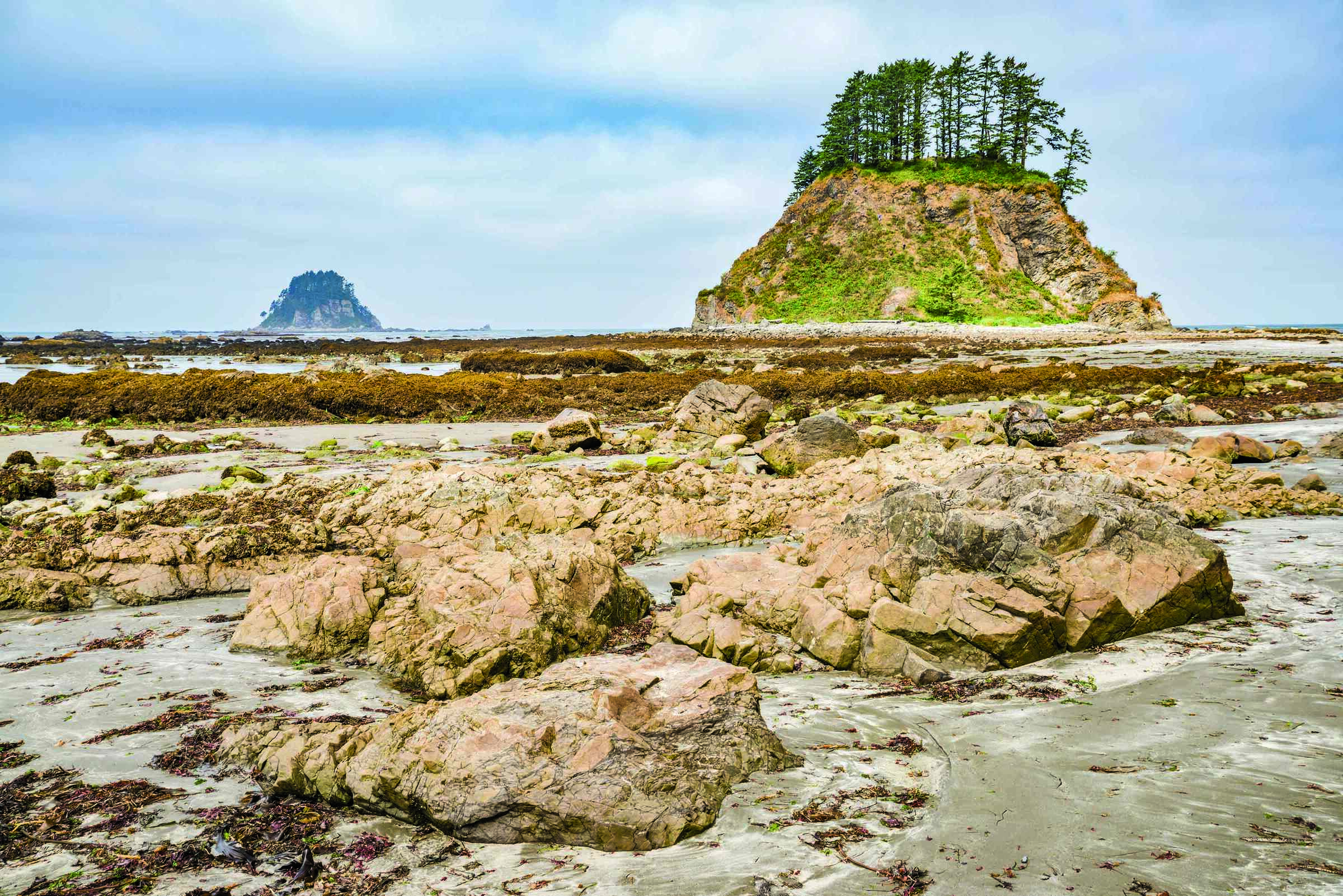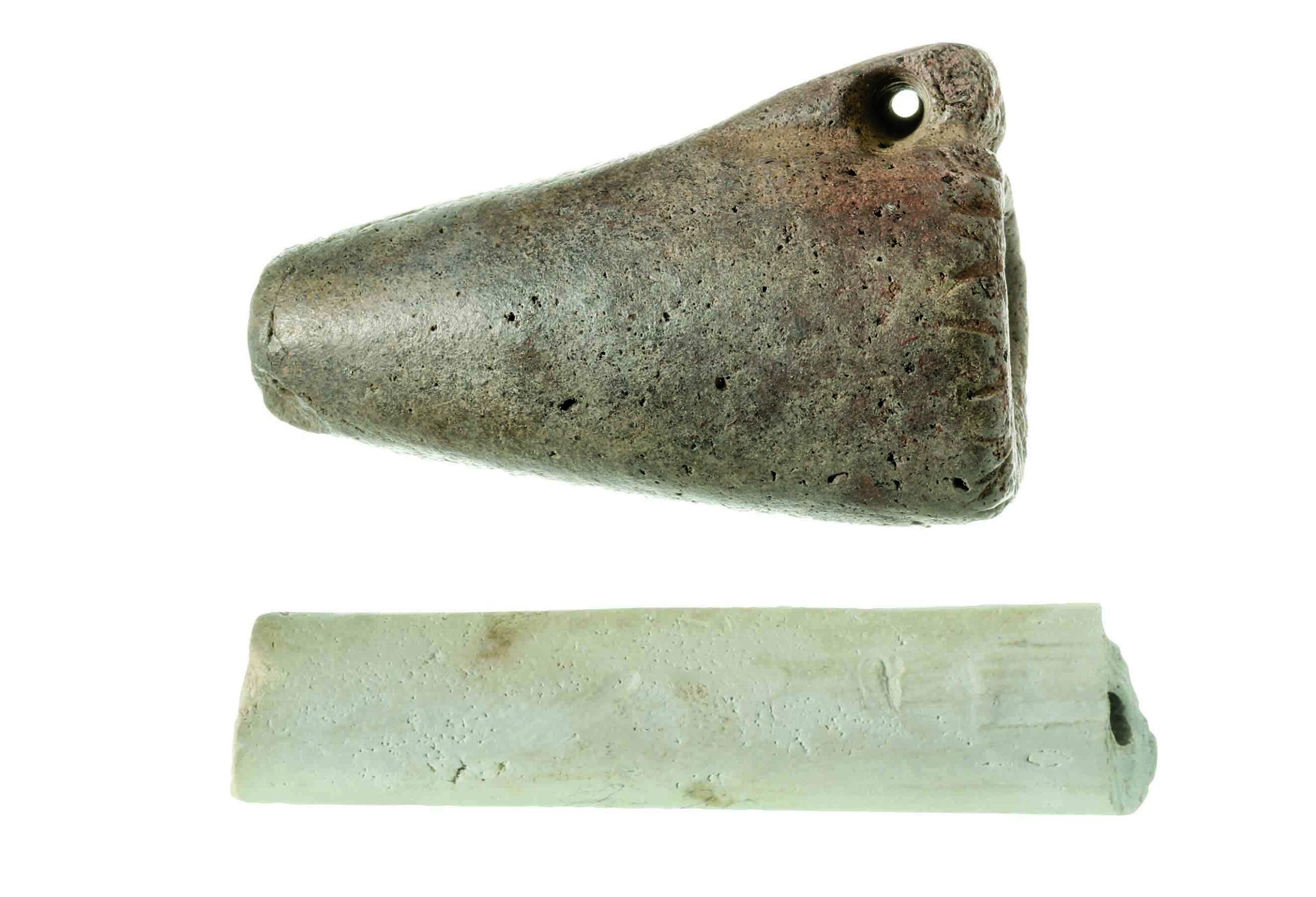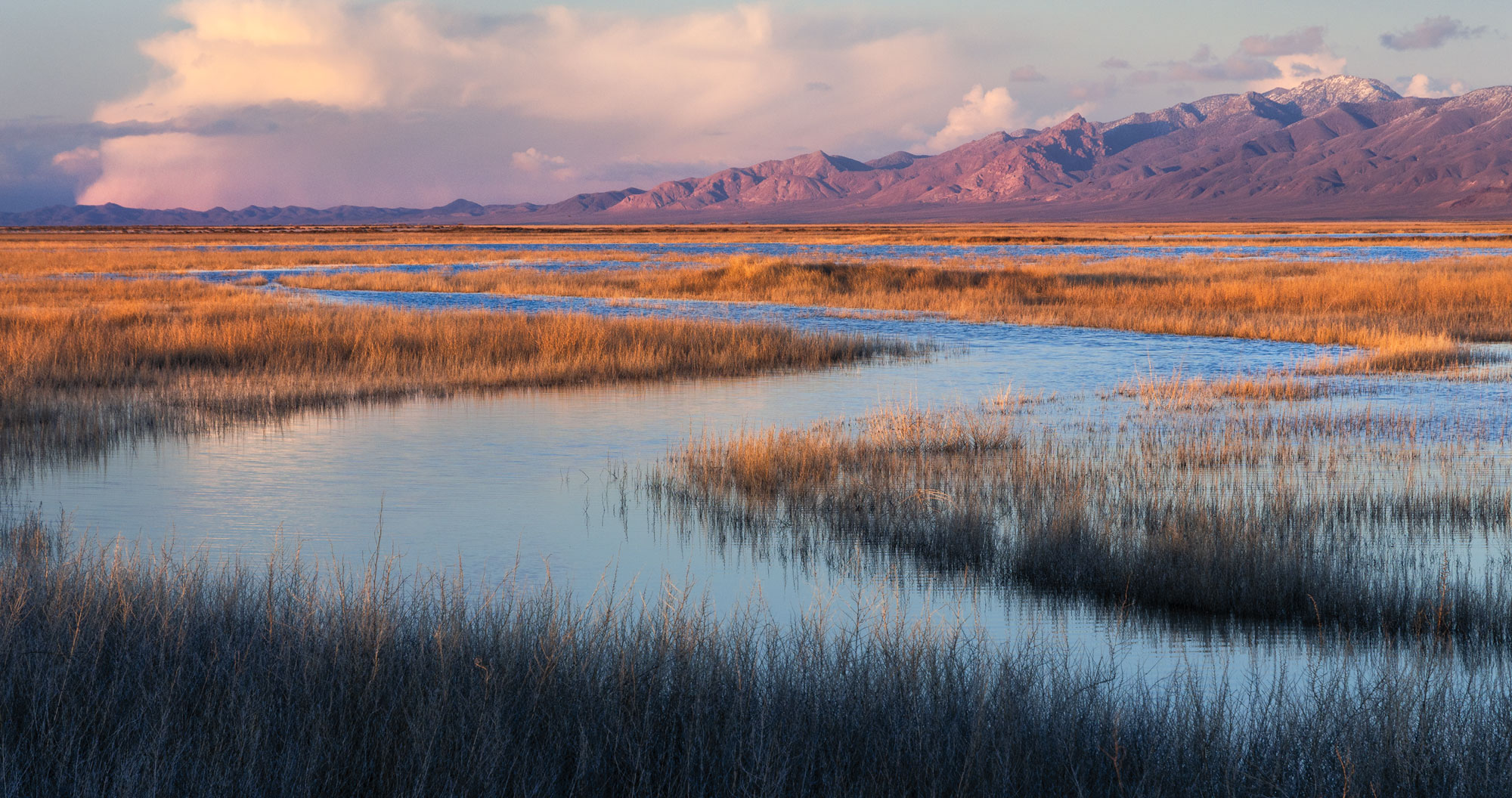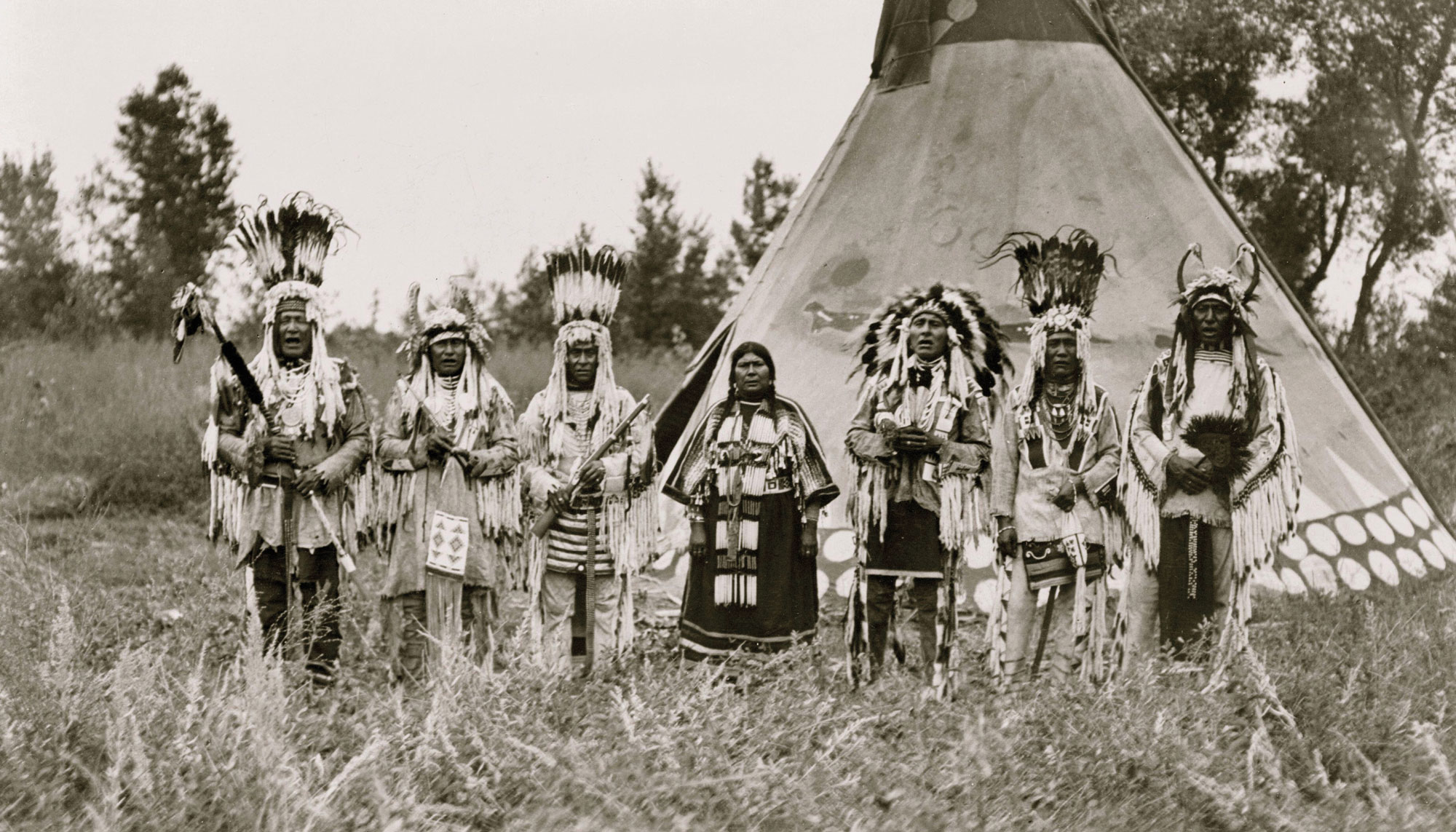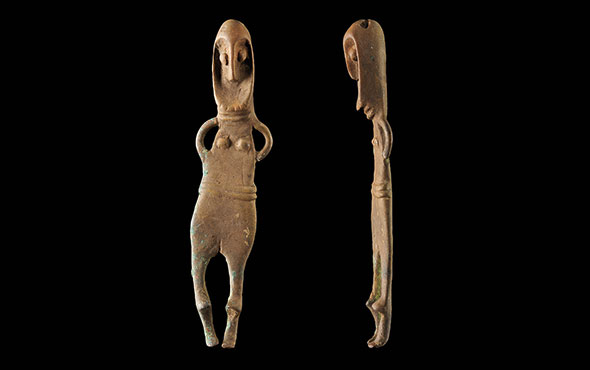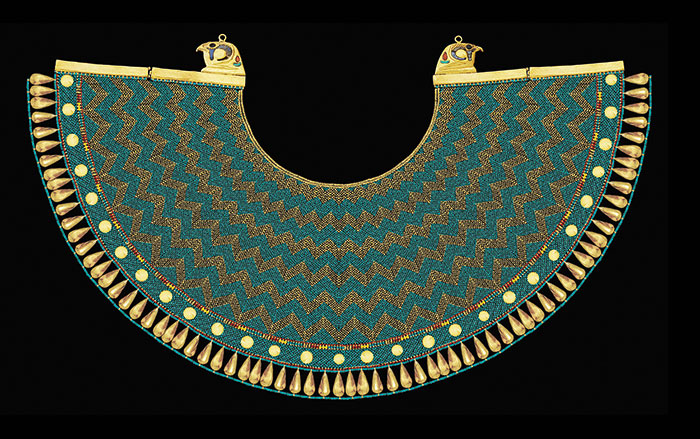
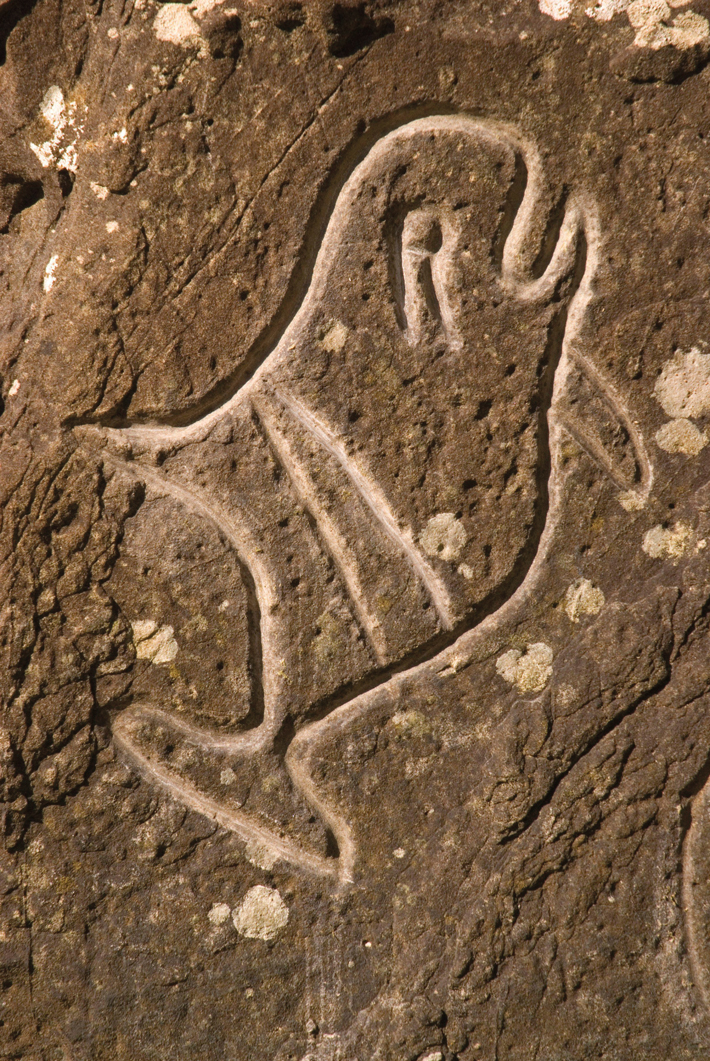
From the village of Ozette on the westernmost point of Washington’s Olympic Peninsula, members of the Makah tribe hunted whales and fished for halibut. They smoked their catch on racks and in smokehouses and traded with neighboring groups from around the Puget Sound and nearby Vancouver Island. Ozette was one of five main villages inhabited by the Makah, an Indigenous people who have been based in the region for millennia and who now mostly live about 15 miles north in Neah Bay on the peninsula’s tip. Tribal oral history and archaeological evidence suggest that, sometime between 1500 and 1700, at least a century before Makah people first came into sustained contact with Europeans, a mudslide destroyed part of the village, covering several longhouses and sealing in their contents. Thousands of artifacts that would not otherwise have survived, including baskets, cradles, clothing, and sleeping mats, as well as bows and arrows, fishhooks, clubs, and other whaling paraphernalia, were preserved under the mud.
In 1970, a storm caused coastal erosion that revealed the remains of these longhouses and artifacts. Collaborative excavations were launched by Makah community members and Washington State University archaeologist Richard Daugherty. The excavations lasted for 11 years and unearthed more than 55,000 artifacts, hundreds of which are now on display at the Makah Museum, housed at the Makah Cultural and Research Center in Neah Bay. The center’s executive director, Janine Ledford, visited the excavations as a child and studied traditional Makah basketry, learning to make mats and replicas of harpoon sheaths for museum exhibitions. “I learned to weave an older style of beautiful, functional basketry based in part on examples found at Ozette,” says Ledford. “One outcome of the excavations was that Makah artists, including carvers and weavers, were really inspired by the artifacts that were uncovered. They have incorporated forms and styles from objects discovered at Ozette into their work.”
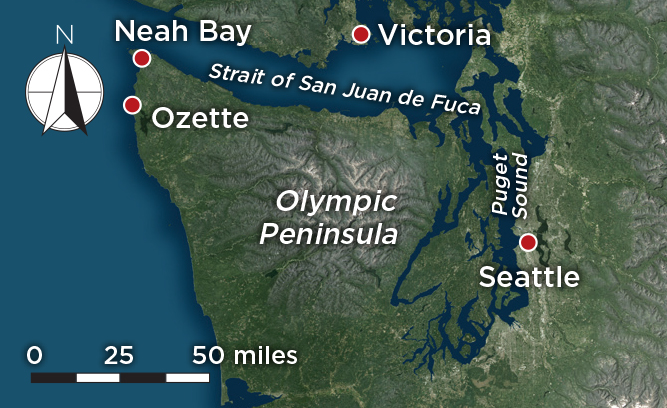
THE SITE
Members of the Makah tribe no longer live at Ozette, but they still visit the area to camp, hike, and fish. In 1981, after the excavations were completed, the site was filled in, and thus the archaeological remains are no longer visible. Along a picturesque four-mile hike to a remote beach, there are rocks featuring Makah petroglyphs. The artwork, Ledford says, includes designs similar to those on objects recovered from Ozette now on display at the Makah Museum in Neah Bay. One of these artifacts is a wooden model of the dorsal fin of a female killer whale inlaid with more than 700 sea otter teeth. Interpretive displays and presentations provide background on the material culture and history of the Makah people.
WHILE YOU’RE THERE
Bring your passport and cross from Port Angeles, Washington, to Victoria, British Columbia. Ferries run daily for those who want to experience the beauty of the Strait of Juan de Fuca, a passage navigated by Makah mariners for thousands of years.


